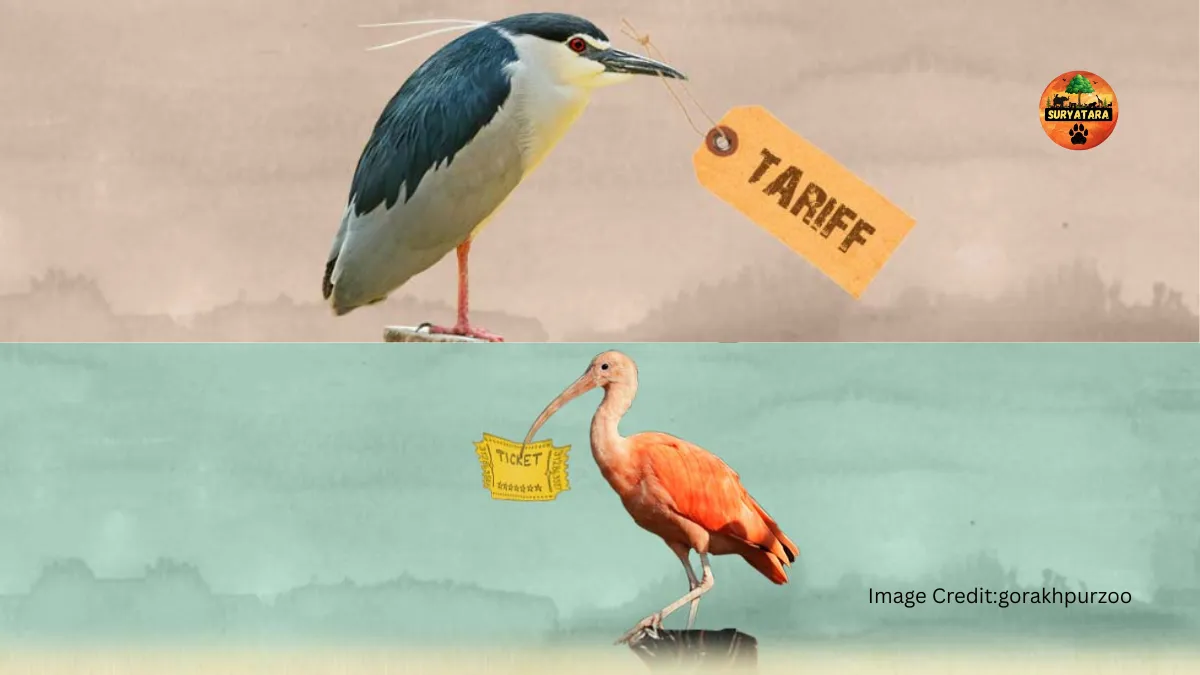Wildlife laws in USA vs India are shaped by each country’s history, biodiversity, and legal framework. Both nations have unique approaches to protecting their natural heritage, yet the core aim is the same — to conserve wildlife, prevent illegal trade, and ensure ecological balance. Understanding the differences and similarities can help wildlife enthusiasts, legal scholars, and conservationists appreciate how policies impact nature on opposite sides of the globe.
Introduction to Wildlife Protection Laws
Wildlife laws are designed to safeguard animals, plants, and their habitats. In both the USA and India, these laws regulate hunting, trade, and conservation efforts. While the USA focuses heavily on species-specific protection and habitat management, India emphasizes the preservation of entire ecosystems, often integrating religious and cultural values into legislation.
Historical Background of Wildlife Laws in USA vs India
- United States: Wildlife protection began in the early 1900s, with landmark acts like the Lacey Act (1900) to combat illegal wildlife trafficking. Over time, strong federal and state laws developed to protect endangered species and habitats.
- India: Formal wildlife protection laws took shape in the 1970s, particularly after the Wildlife Protection Act of 1972. Before that, local rulers and community-based conservation played a major role.
Key Wildlife Protection Laws in the USA
The USA operates under a mix of federal and state laws. Important federal acts include:
- Endangered Species Act (1973) – Protects species at risk of extinction.
- Marine Mammal Protection Act (1972) – Safeguards dolphins, whales, seals, and other marine mammals.
- Migratory Bird Treaty Act (1918) – Prohibits hunting or selling protected migratory birds.
- National Wildlife Refuge System Administration Act (1966) – Governs protected wildlife reserves.
Enforcement is carried out by agencies like the U.S. Fish and Wildlife Service and NOAA (National Oceanic and Atmospheric Administration).
Key Wildlife Protection Laws in India
India’s wildlife laws are centralized, with the Wildlife Protection Act of 1972 being the most important. Other notable legislations include:
- Forest Conservation Act (1980) – Prevents deforestation for non-forest purposes.
- Biological Diversity Act (2002) – Conserves biodiversity and regulates resource use.
- Environment Protection Act (1986) – Controls pollution and protects natural habitats.
Enforcement is handled by the Wildlife Crime Control Bureau (WCCB), state forest departments, and local authorities.
Comparative Table: Wildlife Laws in USA vs India
| Aspect | USA | India |
|---|---|---|
| Main Law | Endangered Species Act (1973) | Wildlife Protection Act (1972) |
| Law Structure | Federal and state laws combined | Centralized national law |
| Focus | Species-specific protection, habitat restoration | Ecosystem preservation, cultural values |
| Enforcement Bodies | U.S. Fish and Wildlife Service, NOAA | WCCB, State Forest Departments |
| Punishment for Violations | Heavy fines, imprisonment, license revocation | Fines, imprisonment, seizure of property |
| International Compliance | CITES, Migratory Bird treaties | CITES, CBD (Convention on Biological Diversity) |
| Public Involvement | Volunteer programs, NGOs, citizen science | Community-based conservation, NGOs |
How Enforcement Differs
In the USA, enforcement is often technology-driven — involving satellite tracking, advanced databases, and inter-agency coordination. In India, while technology is used, enforcement often relies heavily on forest guards, community participation, and on-ground patrolling in remote forest areas.
Challenges Faced by Both Countries
- USA:
- Balancing economic development with wildlife conservation
- Controlling invasive species
- Managing habitat loss due to urban expansion
- India:
- Human-wildlife conflict in rural areas
- Poaching for illegal trade
- Limited resources for enforcement in remote regions
Also read: Donate to Wildlife NGOs in India: How, Where, and Why
Similar Goals, Different Approaches
Despite the differences, wildlife laws in USA vs India share common goals:
- Preventing extinction of endangered species
- Conserving habitats
- Complying with international environmental treaties
- Promoting eco-tourism as a sustainable income source
The difference lies in execution — the USA leans towards stringent species-based regulation and scientific management, while India blends legal frameworks with cultural and community-based conservation.
Also read: Elephant’s Digital Identity: Madhya Pradesh Launches Unique Initiative to Track Wild Elephants
Conclusion
Wildlife laws in USA vs India illustrate how diverse legal systems can achieve similar conservation outcomes through different paths. Both countries face modern challenges like climate change, habitat destruction, and illegal trade. By learning from each other’s successes — such as the USA’s technology-driven enforcement and India’s community engagement — the global fight for wildlife conservation can be strengthened.










